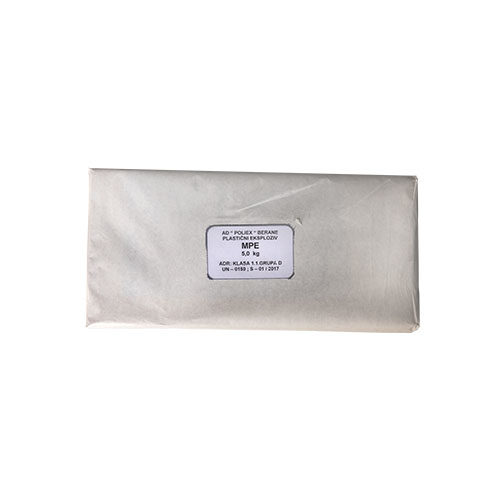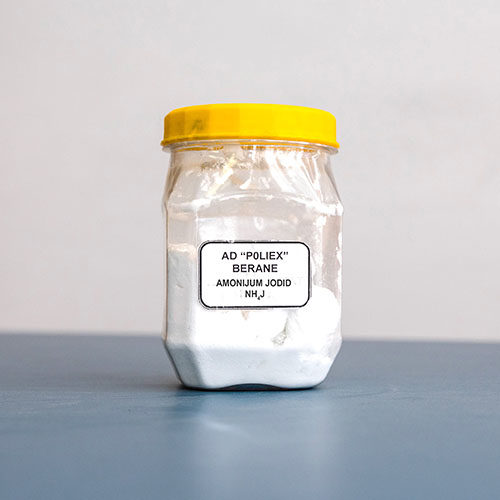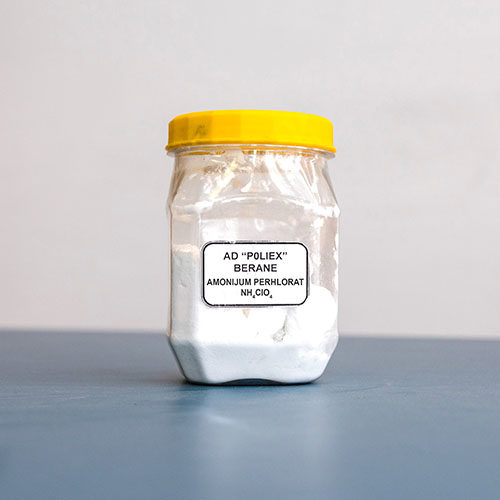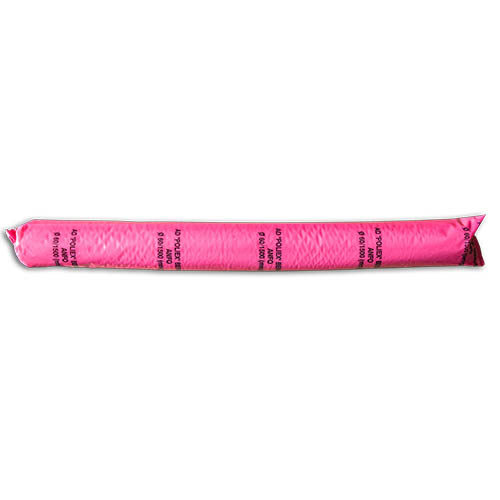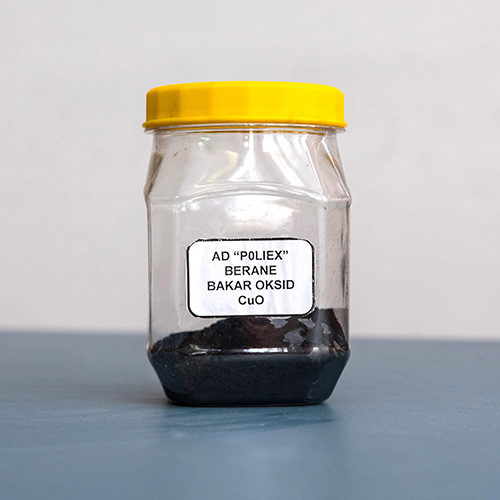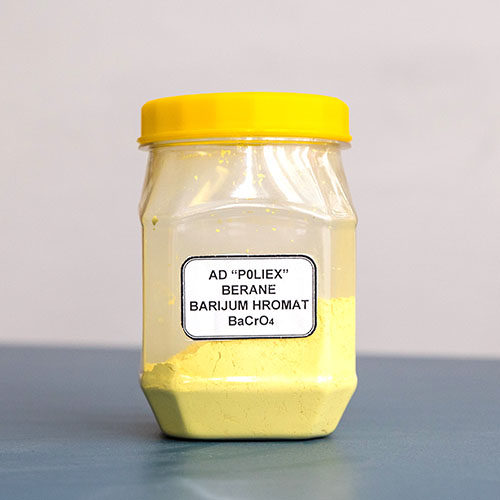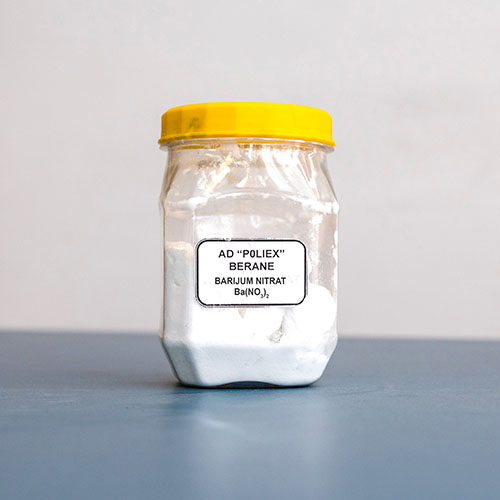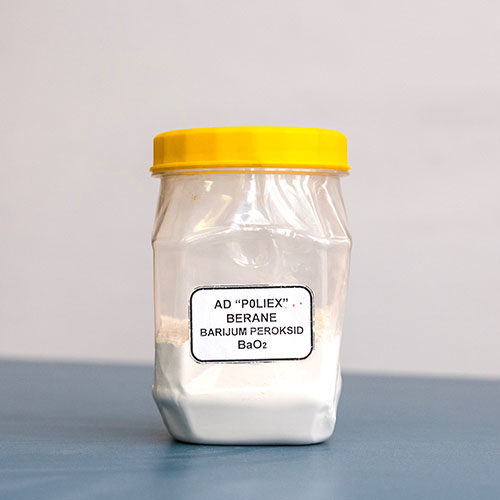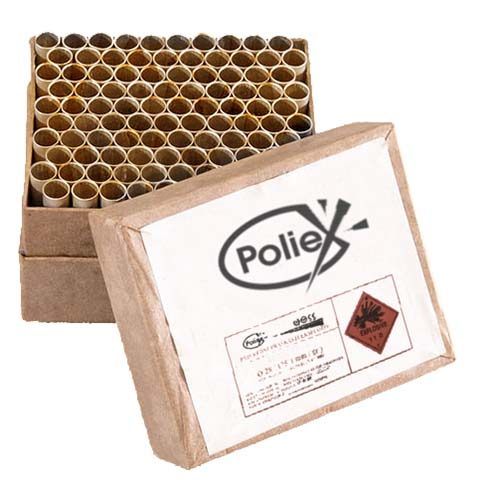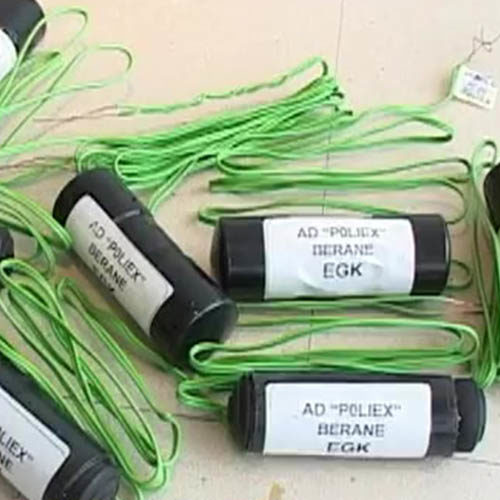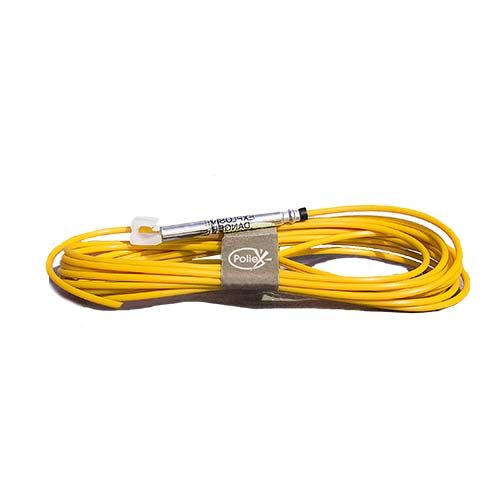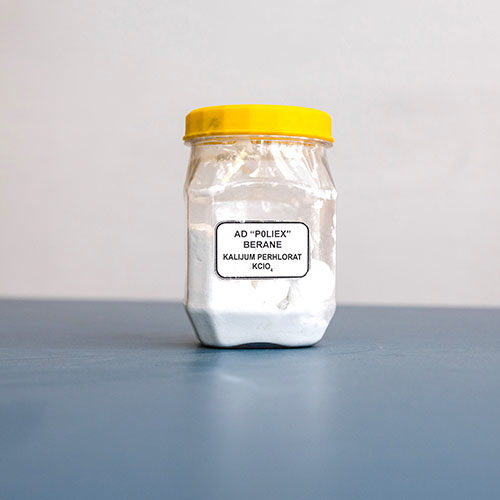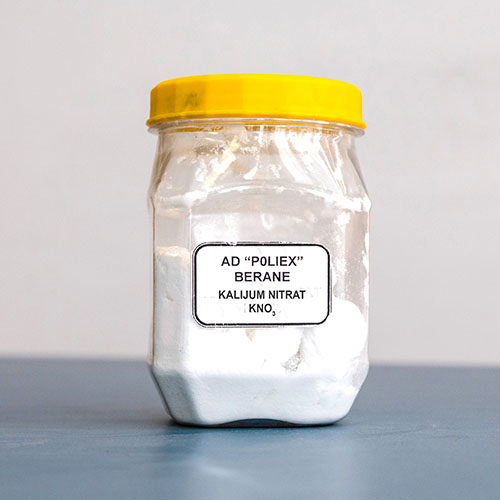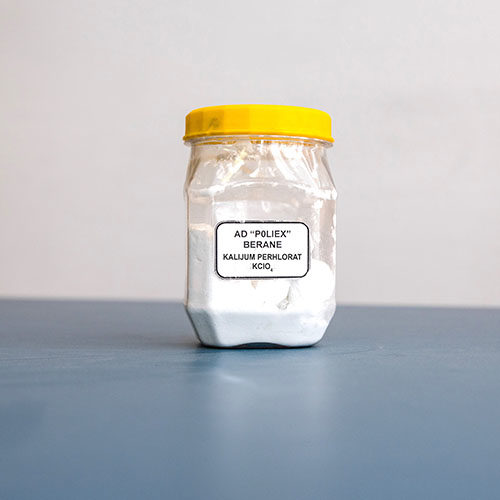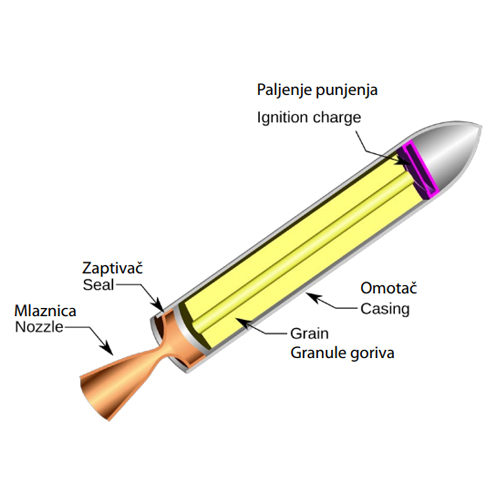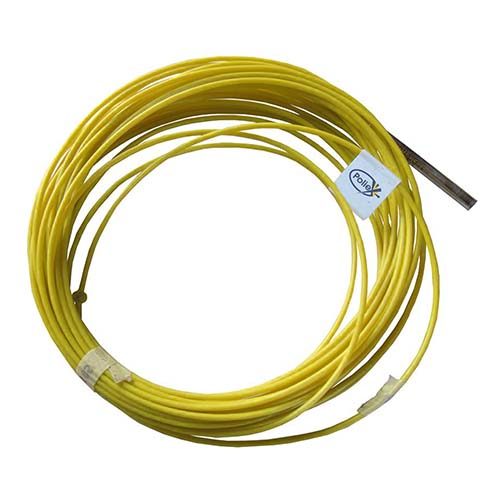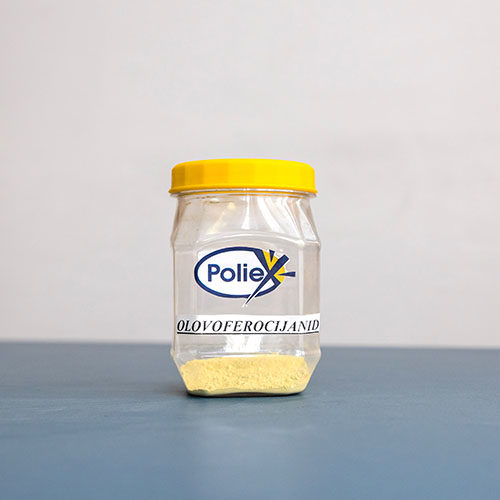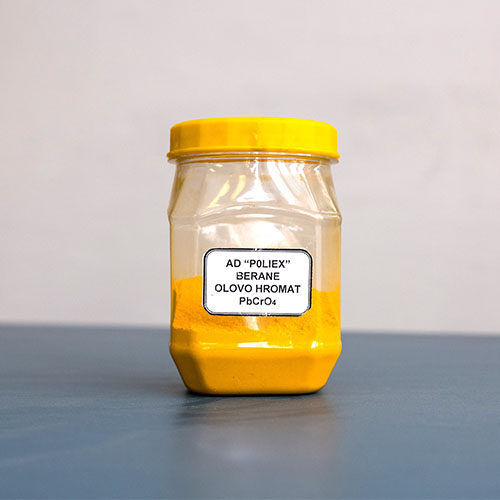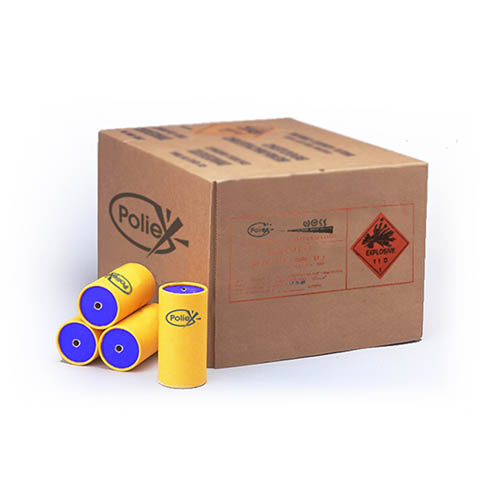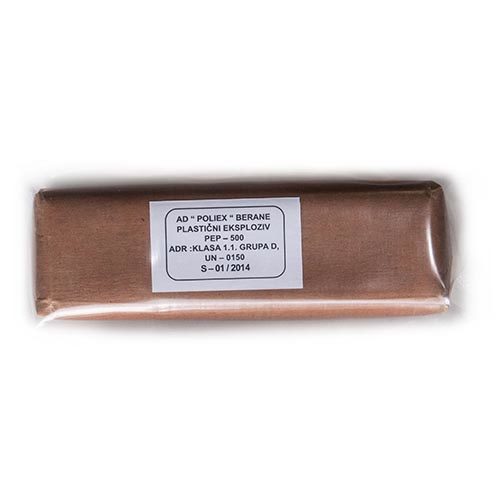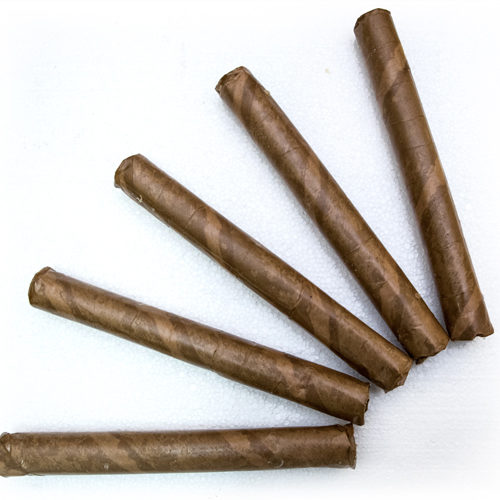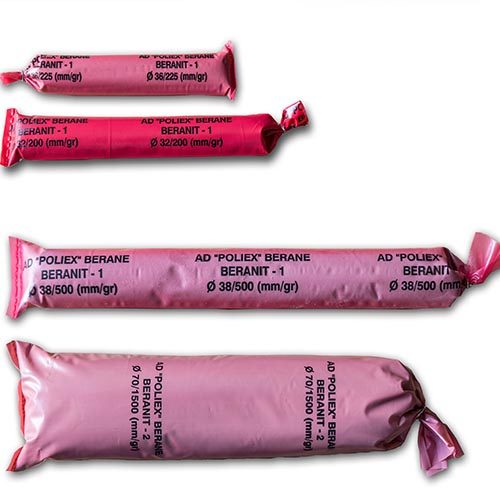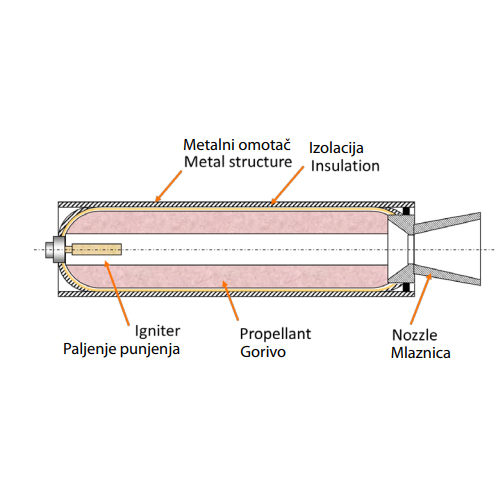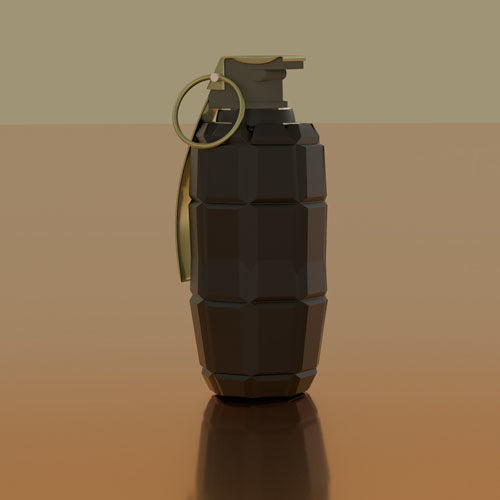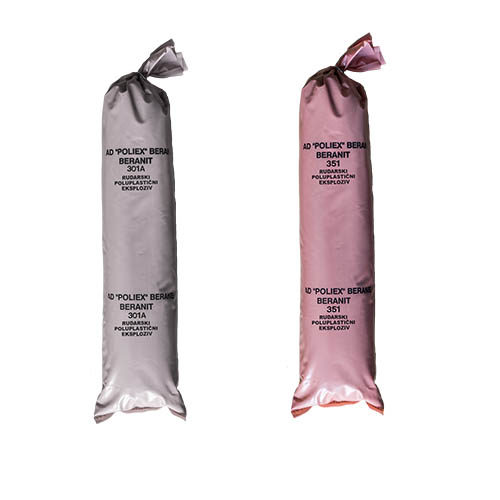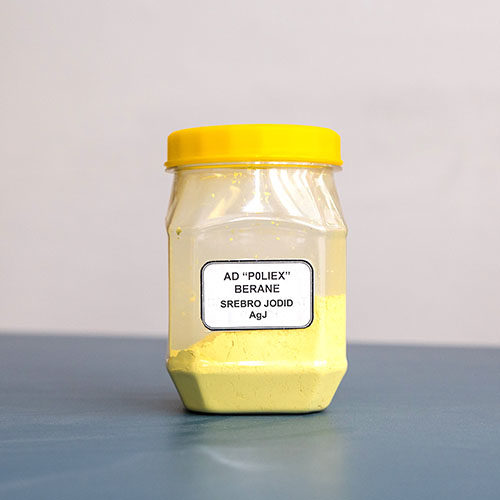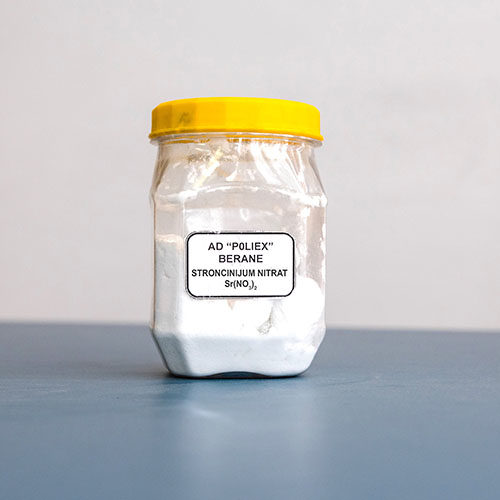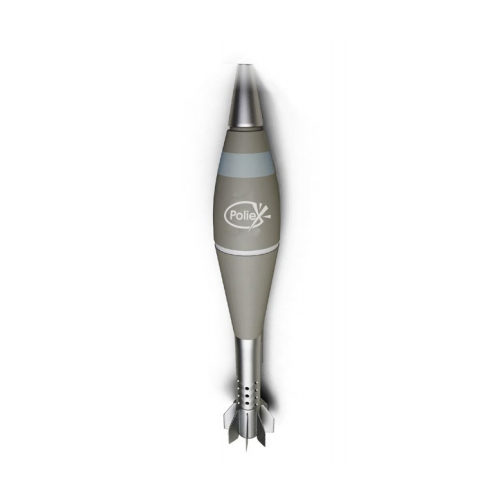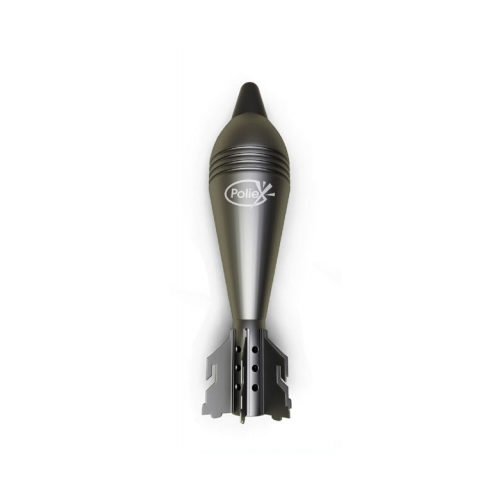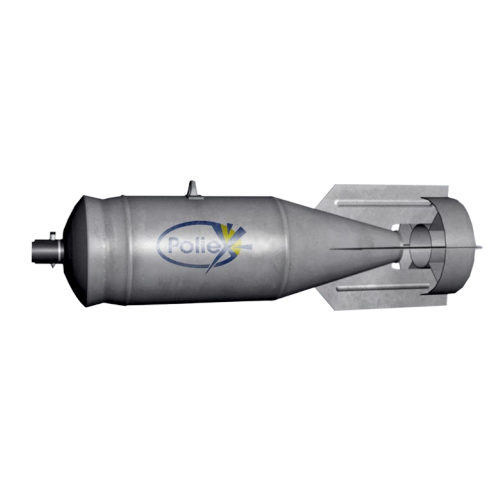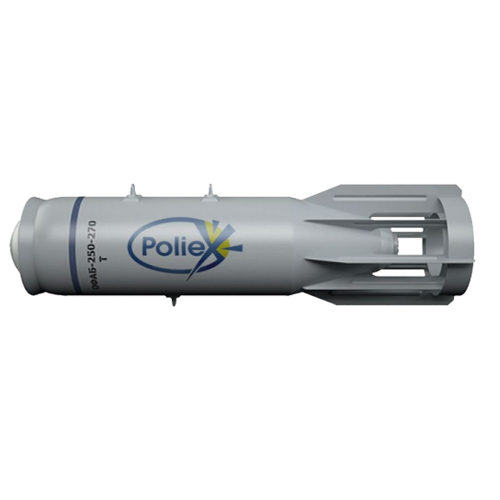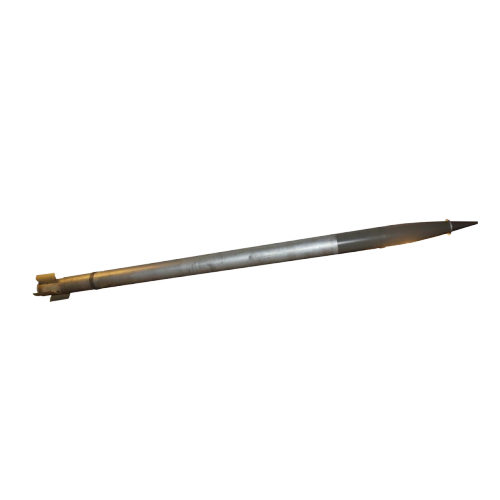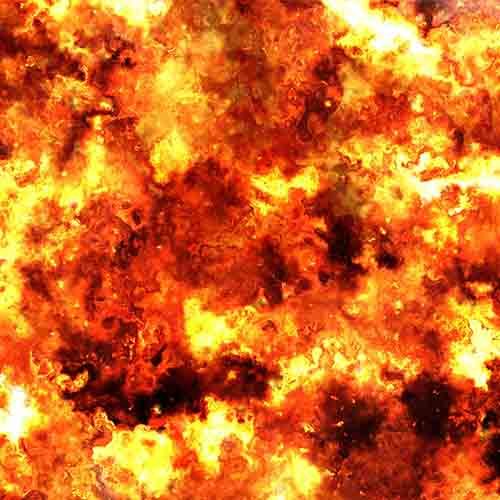-
-
FEATURES:
White crystal powder. Applied in photography, medicine as well as in production of anti-hail reagent. -
FEATURES:
White crystal powder. Due to its properties it is used in production of composite rocket fuels as well as in pyrotechnics. -
DESCRIPTION
BERANEX-A, type ANFO is an explosive for civil usage. It is plain, relatively harmless explosive mixture composed of porous Ammonium Nitrate and diesel fuel. It is quite meuble.APPLICATION
Since detonating characteristics of these explosives are lower than classic powder ones, they are applied in blasting where soft or rocks of medium degree of hardness exist in mining, construction works and any kind of works where meuble material is wanted. They are applied directly into the drill hole. Since it is not water resistant it is applied exclusively in dry conditions. It is not to be used in pits with methane or explosive carbon dust.INITIATION
Since BERANEX-A is not sensitive to initial impulse of DK No.8 mining caps and detonating cord, detonation booster is used (pentolite booster - min. 200 g) or the equivalent amount of stronger explosive for the civil usage. -
FEATURES:
Black crystal powder. Vast appliance in many branches of industry, as well as in pyrotechnics. -
FEATURES:
Yellow crystal powder. Vast appliance in many branches, especially in pyrotechnics. -
FEATURES:
White crystal powder. Applied in pyrotechnics, especially for the blaze coloring. -
Features:
White and gray crystal powder. For being a strong oxidant it is used in pyrotechnics as well as for oxygen production. -
APPLIANCE
Detonating caps DK 8 are means of initiation and lead to complete detonation of explosive charges, detonating cords and nonelectric system NONEL (POLINEL) on dry surface and underground workplaces with no risk of methane or dangerous coal dust appearance. Depending on their strength, detonating caps are produced from number 1 to number 10.TECHNICAL FEATURES
• Detonating caps are very dangerous product and have to be handled carefully; instructions are to be followed. • Strong detonating impulse and short detonating process cause very strong destruction effect in short distance. • Caps can not be thrown, tumbled or pressed. Initial charge is highly sensitive to impact, abrasion, flame or sparks. • Electro-conductive objects by any means can not be placed into detonator. Completing the detonator with safety fuse is harmless because the fuse itself has high isolation features while dry. • Self-detonating temperature is higher than 120°C • Detonating caps preserve their functional feature for 24 months after production date if stored in a dry and cool, well-ventilated place where the temperature does not go bellow -20°C i.e. over +30°C and the air humidity is not higher than 75%.MINING AND TECHNICAL FEATURES
• Penetration of leaded panel - DK -8 penetrates 40x40x5mm leaded panel. Aperture diameter has to be bigger than outer diameter of the detonator. - DK -8 leads to complete detonation of the explosive charge made of 60% TNT and 40% of talc. -
As a new product of Poliex, EGK due to its characteristics, features and applications represents real progress compared to all previously known means used for breaking, cutting and splitting construction materials (concrete, reinforced concrete constructions, granite, marble, stone blocks etc.) Unlike conventional explosives EGK creates quasi-static pressure gases in sealed areas which leads to splitting homogeneous structure of the rock without explosion and waste of materials. Benefits of EGK are reliability, operational and transportation safety, and the fact that there are no byproducts and harmful substances that can directly affect living and working environment in the process of use, since its combustion it releases water, steam and carbon dioxide.
-
This system POLINEL offers a variety of detonators in safety (MEUD) and non safety (EUD) versions. They are produced as: 1. Instantaneous type: • millisecond-detonator • polysecond-detonator 2. Non safety ED With delays from 20 up to 500 ms are produced in following numbers: • Time interval 20 ms (with stages from 1 to 12) • Time interval 30 ms (with stages from 1 to 15) • Time interval 500 ms (with stages from 1 to 10) 3. Safety ED with delays are produced in following nembers: • Time interval 20 ms (with stages from 1 to 8) • Time interval 30 ms (with stages from 1 to 4)
-
FEATURES:
White crystal powder. Very strong oxidant, broadly applied in pyrotechnics. -
FEATURES:
White crystal powder. Vastly applied in many fields, especially in pyrotechnics and chemical fertilizers production. -
FEATURES:
White crystal powder. Due to its properties it is used in production of explosives for civil use, as well as in pyrotechnics. -
A rocket engine is a type of jet engine that uses only stored rocket propellant mass for forming its high speed propulsive jet. Rocket engines are reaction engines, obtaining thrust in accordance with Newton’s third law. Most rocket engines are internal combustion engines, although non-combusting forms (such as cold gas thrusters) also exist. Vehicles propelled by rocket engines are commonly called rockets. Since they need no external material to form their jet, rocket engines can perform in a vacuum and thus can be used to propel spacecraft and ballistic missiles.
-
POLINEL - nonelectric initiation system used for performing different kinds of miner work (surface and underwater). Not applicable in inflammable conditions or pits with methane. Approved at Safety Institute in Belgrade. POLINEL - PK is composed of initial energy tube, detonator DK-6 with appropriate (0-176) delay placed into plastic case- connector. Into this plastic case (connector) maximum 4 initial low energy POLINEL tubes can be placed. POLINEL - MS (explosive charge initiator) is used for initiation of explosive charge in miner drill holes, composed of low energy tube - NES and belonging detonator DK - 8 with 500 ms delay. POLINEL - DD (dual delay) represents combined system of PK and MS initiators and is used for initiating explosive charge. It is made of initial low energy tube - NES. This tube has DK - 6 (connector) detonator with 0 - 176 ms delay on one, and detonator DK - 8 with 500 ms delay on the other sid
-
Features:
White crystal powder. Due to its properties it is used in production of composite rocket fuels as well as in pyrotechnics.
-
FEATURES:
Yellow to slightly red crystals. Applied in pyrotechnics but also in production of mineral colors. -
DESCRIPTION
PENTOLITE AMPLIFIERS or “BOOSTERS” are initiation explosive devices designed for initiating less sensitive explosives which do not accept initial impulse from mining caps DK - 8 or detonating cord.APPLICATION
Trotil and penetrate mixture is used for their production. For favorable TNT and PENETRITE ratio and also for their features, molten pentolite boosters are characterized by high water resistance where their mining and technical characteristics are completely maintained and preserved. They are also characterized by high detonation pressure and high detonation speed.INITIATION
The construction of PP - 500 and PP - 300 boosters is adapted to the process of initiation with detonating cord which is wriggled through both spouts and tied by a quadruple node, and the booster is connected to the cartridge of the water resistant explosive by adhesive tape -
APPLIANCE
• White and yellow dough with no additives, • It is formed with hands (no waste), • Maintains reached form (shape), • Density………………………..min. 1,50 g/cm³, • Detonation speed……………..min. 7400 m/s, • Accepts detonating cord initiation impulse (minimum line density 10g/m, weather the detonating cord is wrapped around explosive charge or the explosive charge is formed around the node of the detonating cord) • Transmits detonation from active to passive detonating explosive charge up to 5 cm distance, • Not sensitive to bullet shot, • There is no excudation (liquid component separation), • Handling and transporting is safe, • Protected or not, does not detonate if dropped from 10 m height to solid concrete surface , • Does not contain material that would endanger people’s health, • Has no chemical influence to materials used to build the elements, • Applicable with no restraints regarding hydro-meteorological conditions, • Shaped in dependency of blasting objects and maintains reached shape, • Can be transported in any vehicle, • Maintains physical, chemical and explosive features whilst maintaining quality of shaping and initiating, there is no decomposition or destruction and does not absorb water while reacting: 1. Salty water up to one year and up to 60 m dept, 2. River water up to two months and up to 6 m dept, 3. Atmosphere factors (sun, rain, cold) up to one year, 4. Spring water up to two months, 5. Soil up to 2,5 m dept with frequent underground waters up to 2,5 months. -
DESCRIPTION
Powder explosive BERANIT - 1 (Ø28) is ammonium nitrate - TNT based on ammonium nitrate as oxidant and trinitrotoluene (TNT) as additive with certain addition of organic fuels, substances and means that help protect explosive from moisture and curing.APPLICATION
Since powder explosive is constant at temperature changes it can be successfully applied at both low and high temperatures, with additional moisture protection due to hygroscopic features of the basic component. Depending on detonation speed and brisance, powder explosives BERANIT - 1 is applied in blasting where soft, medium or rocks of high degree of hardness exist in mining (surface mining, pits with no risk of methane or dangerous coal dust appearance), construction works, hydro construction, tunnel construction etc. Combining powder and semi-plastic explosives BERANITS of higher brisance excellent gives excellent results in blasting materials of high degree of hardness. All powder explosives are extremely moisture sensitive even though certain chemical additives, as well as their polyethylene packing, lower the influence of ammonium nitrate hygroscopic features.INITIATION
Powder explosive BERANIT-1 is initiated by a No.8 mining caps, electric detonator, non-electric detonators (system POLINEL) and detonating cord. -
DESCRIPTION
Powder explosives BERANIT - 1, BERANIT - 2 and BERANIT - 3 are ammonium nitrate - TNT based on ammonium nitrate as oxidant and trinitrotoluene (TNT) as additive with certain addition of organic fuels, substances and means that help protect explosive from moisture and curing.APPLICATION
Since powder explosives are constant at temperature changes they are successfully applied at both low and high temperatures, with additional moisture protection due to hygroscopic features of the basic component. Depending on detonation speed and brisance, powder explosives BERANITS, are applied in blasting where soft, medium or rocks of high degree of hardness exist in mining (surface mining, pits with no risk of methane or dangerous coal dust appearance), construction works, hydro construction, tunnel construction etc. Combining powder and semi-plastic explosives BERANITS of higher brisance excellent gives excellent results in blasting materials of high degree of hardness. All powder explosives are extremely moisture sensitive even though certain chemical additives, as well as their polyethylene packing, lower the influence of ammonium nitrate hygroscopic features.INITIATION
Powder explosives BERANIT-1, BERANIT-2 and BERANIT-3 are initiated by a No.8 mining caps, electric detonator, non-electric detonators (system POLINEL) and detonating cord. -
A rocket engine is a type of jet engine that uses only stored rocket propellant mass for forming its high speed propulsive jet. Rocket engines are reaction engines, obtaining thrust in accordance with Newton’s third law. Most rocket engines are internal combustion engines, although non-combusting forms (such as cold gas thrusters) also exist. Vehicles propelled by rocket engines are commonly called rockets. Since they need no external material to form their jet, rocket engines can perform in a vacuum and thus can be used to propel spacecraft and ballistic missiles.
-
Termobarična ručna bomba
features:
• Density 1.6 g/cm3 • Temperature scope from -300C to +600C • Body volume 390g – explosive mass • Sleeve must not break, in the temperature scope, when falls from 12m height on solid ground • Unti-static material (must not be pressed by static electricity) • Chemically stable material on solver -
Defensive type hand grenade
Features:
Plastic body shell with steel balls (2,50 – 2,90 mm) Weight 335 g (+/- 1%) Dimensions 54 x 90 mm Fuse handle safety angle min. 50° Mechanical fuse with 4-second delay Operating temperature range -30 to +60°C safety area 25m -
DESCRIPTION
BERANIT is a bran new type of semi-plastic explosive, sensitive to Mining cap number 8. Depending on application conditions it can be delivered in following types 301A and 351.APPLICATION
These explosives do not have evaporation of nitro-oils (as it usually happens with explosives based on nitroglycerine) and also they do not turn into solid mass. Therefore their resistance to external mechanical influences remains consistent for a long period. Do not use in pits with methane or explosive carbon dust! Cartridges are in range from 28 up to 100 mm, paced in water resistant cardboard boxes dim. 350 x 300 x 300 mm, weight up to 20 kg. Cartridges density is in range from 1,30 up to 1,35 g/cm. -
FEATURES:
Bright yellow crystal powder. Applied in photography and in production of anti-hail reagent as active component. -
FEATURES:
White crystal powder. Mostly applied in pyrotechnics, but also in many other industry fields. -
FEATURES:
• Mortar bomb fuse is not changed during modification into thermobaric. • Mortar bomb case construction is adjusted for HE fragmentation ammunition while saving of case overall dimensions for its change to HE ammunition. • Fragmentation value is not changed for HE fragmentation ammunition. -
FEATURES:
• Mortar bomb fuse is not changed during modification into thermobaric. • Mortar bomb case construction is adjusted for HE fragmentation ammunition while saving of case overall dimensions for its change to HE ammunition. • Fragmentation value is not changed for HE fragmentation ammunition. -
FEATURES:
• HE fragmentation air bomb with fuel-air explosive filling. • Three types of effects: 1.powerful blast effect that exceeds the effect of air bomb analogue in weight 2.fragmentation effect (high-speed fragments) 3.shattering effect • Due to the combined blast, fragmentation and thermal effects created to defeat light armored and unprotected vehicles, fuel and lubricant storages and other targets -
FEATURES:
• HE fragmentation air bomb with fuel-air explosive filling. • Three types of effects: 1.powerful blast effect that exceeds the effect of air bomb analogue in weight 2.fragmentation effect (high-speed fragments) 3.shattering effect • Due to the combined blast, fragmentation and thermal effects created to defeat light armored and unprotected vehicles, fuel and lubricant storages and other targets -
FEATURES:
• HE fragmentation warheads for missile projectiles of multiple rocket launch system “Grad” • Low fire dispersion at increasing distance leads to unacceptable dispersion of projectiles afield, which excludes the effective defeat of the enemy. • Weight of war-head-21 kg • Weight of explosive component - 14 kg • After filling of thermobaric warhead, TNT equivalent will be 35 kg -
FEATURES:
• HE fragmentation warheads for missile projectiles of multiple rocket launch system “Grad” • Low fire dispersion at increasing distance leads to unacceptable dispersion of projectiles afield, which excludes the effective defeat of the enemy. • Weight of war-head-19,18 kg • Weight of explosive component - 6,4 kg • After filling of thermobaric warhead, TNT equivalent will be 16 kg -
DESCRIPTION
Water resistant plastic explosives BERANIT - 30 P and BERANIT - 37 besides AN as oxidant and TNT as combustible component also contain water and highly molecular plasticizers which help them maintain high water resistance, high density, high and stabile detonation speed and above all high brisance as well as extremely safety feature.APPLICATION
Considering all above mentioned features these explosives are recommended whilst mining rocks of highest degree of hardness on surface drill holes (because of their negative oxygen ratio) especially where possible presence of water is expected. Since they are extremely resistant to hydrostatic pressure and since they have extremely constant detonation speed for given diameters, we recommend them even for seismic tests.INITIATION
For not being sensitive to initial impulse of DK - 8 and detonating cord for their initiation detonation booster has to be used. In order to obtain full detonation speed we suggest molten (plastic) boosters whose diameter should be approximate to cartridge diameter. Come to booster and detonating cord, initiation is to be done from the top of the drill hole, and in case blasting is done with booster and Nonel (Polinel) detonator initiation is to be done from the bottom of the drill hole.

